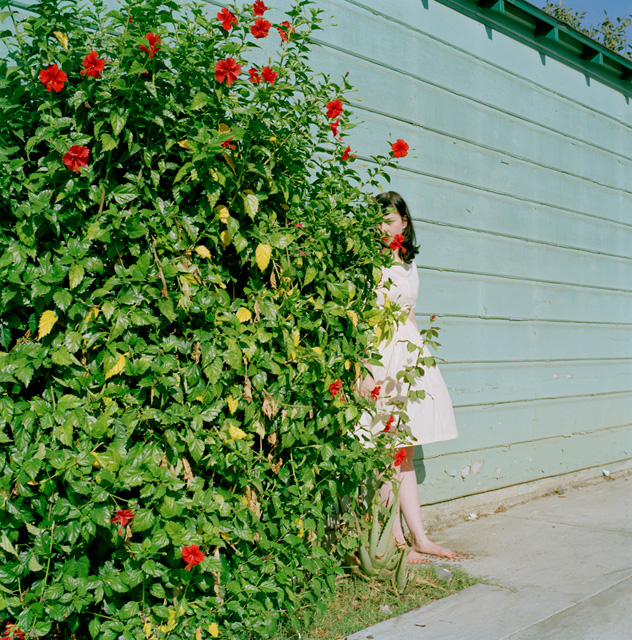Where are you based?
Currently, I am based in Sarasota, Florida, where I attend Ringling College of Art and Design, pursuing my Bachelor of Fine Arts in photography.
What is your background in Photography? What got you into it?
To be quite honest, my background really is not that exciting. I originally took a liking to photography when I was a young lad, and my parents would take my brother and I on trips to around the states every Summer. I always carried my Polaroid camera due to my need for instant gratification. I guess this was the motivating factor that got me into photography classes at my high school and the rest is history.
What Equipment do you use?
I usually shoot with a Mamiya RZ 67, Bronica SQA, and sometimes a Canon 5D Mark II.
What is your creative process? Are your shots planned or spontaneous?
I really do not think I have a creative process for some strange reason, which is probably a bad thing once I hit the job market. I am more of a spontaneous kind of person, so most of my images were just stumbled upon while driving around town or hanging with my fellow friends.
At lot of your work seems to be taken at night, what draws you to this?
I am drawn to the night for many a reasons. The sense of dead calm allows me to concentrate on the subject, and the peacefulness of driving around with the windows down and cool wind rolling in just keeps me at peace no matter where or who I am with. With the five to ten minute exposures I partake in, the free time allows me to write to pass the time. I feel my poetry has also been dramatically affected by my fascination with the night.
Who or what inspires you?
I am always receiving inspiration from many photographers whose work I run across on a daily basis, but those who have had a profound affect on my work include Todd Hido, Alec Soth, Nicholas Haggard, Peter Granser, Rob Stephenson, Greg Miller, and Mathieu Bernard – Reymond.
What drives you to keep taking pictures?
There is not much of a driving force that keeps me shooting. To me, photography is like a really delicious food. You absolutely love it, but in commodity and time. I know this sounds absurd, but it is the best way for me to describe how I feel about photography. Sometimes I will be out every evening and night shooting for a week straight, while the week after I won’t go out once to shoot. It has nothing to do with a dying interest in photography, which is most certainly not the case. I just do not feel I will improve my work or style by pushing myself to go shoot, for that has never helped me. That is really the best way to explain it from my point of view.
What are you working on at the moment? Do you have a project on the go?
Currently I am working on my Senior Thesis, which pertains to documenting local natives in Sarasota, who have had life changing moments in their lives or those who are still facing these obstacles while trying to live a normal life. I wanted to steer away from my usual night imagery based upon my fascination with people. I like to people watch as it is called and imagine how their lives must be. This was my main motivation for going out and interviewing possible subjects for my thesis.
Tumblr
Flickr














































